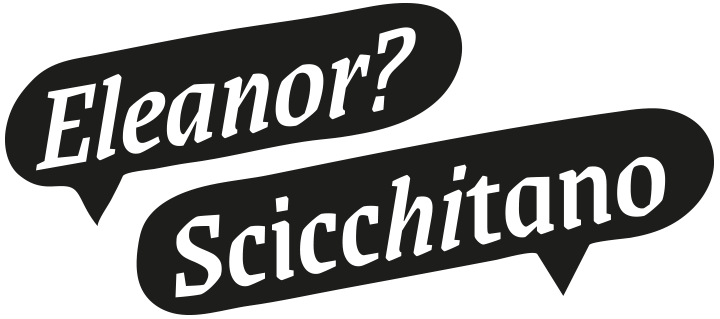Santos Museum of Economic Botany
18th June – 29th July 2018
From Little Things...
The Guildhouse Collections Project: Heidi Kenyon
I’ll take you to a place
Where your breath escapes from your lips and becomes a cloud, and the trees talk quietly amongst themselves...
Heidi Kenyon, 2007
Heidi Kenyon primarily works with both natural and human-made objects bringing them together, twisting and remaking them to bring their stories to life. Her residency at the Adelaide Botanic Garden and Santos Museum of Economic Botany has given her the opportunity to uncover the history of this unique collection and site. Her focus is the medicinal and healing properties of plants; a story told in the Museum of Economic Botany through the river red gum, Eucalyptus camaldulensis. This tree was growing wildly across the land before the settlers moved in. One remains near the northern entrance of the Garden, a witness to hundreds of years of history and change. Beginning with these trees, Kenyon layers meaning, metaphor and experience in her installation.
Spotlit in the body of the building stands Kenyon’s duo of works From little things... (i) and (ii). Utilising a cabinet from the Museum, she has built a camera obscura. The name is translated from Latin as ‘darkened room’. Used first in physics, science and botany to aid study, the camera obscura was soon taken up by artists. The invention of the camera and photography as we know it today followed. Kenyon has long used these devices in her practice, experimenting with image and projection. This exhibition continues her experimentation. Inside her camera she has placed a red gum sapling. Stepping under the curtain, the viewer is cut off from the outside world. As your eyes adjust to the darkness, the fragmented image begins to develop on the vintage medicine bottles. The scent of eucalyptus slowly gets stronger, and our ears pick out the sound of the tree’s papery leaves rustling.
Contrasting this old technology, Kenyon uses a modern sound interface, in partnership with a red gum, to tell the human story of this site. Five years before the Garden opened in 1857, the Adelaide Lunatic Asylum was built on the land, where it remained in operation for fifty years. Next door the Royal Adelaide Hospital opened four years later. The asylum housed the mentally ill, those with intellectual disabilities, epilepsy, and unwed mothers. In the Museum, a second red gum sapling rearranges a composition written by the artist. Its electromagnetic variations trigger the sound samples, recounting the living history of the site through musical notes and fragmented whispers. In the Garden, Kenyon has identified one of the oldest living trees and repeated this process. Likely standing since before Europeans settled the area, the tree has silently witnessed it all. Kenyon has given it a voice, and invited us all to listen.
Kenyon is a master at weaving together history, metaphor and objects. Here, she draws our attention to the hidden stories of this site. These are largely forgotten, the tales of the sick and marginalised losing out in the history books to stories of men, settling and conquering. Kenyon honours this history and the lives of the women who lived here. Visitors are encouraged to take their time, to slowly and thoughtfully be reminded of these stories, and to remember those who history has forgotten.
The Collections Project is presented as a partnership between Guildhouse and the Botanic Gardens and State Herbarium
of South Australia.
Guildhouse is assisted by the Government of South Australia through Arts South Australia and the Visual Arts and Craft Strategy, an initiative of the Australian, State and Territory Governments.
Guildhouse is assisted by the Government of South Australia through Arts South Australia and the Visual Arts and Craft Strategy, an initiative of the Australian, State and Territory Governments.
